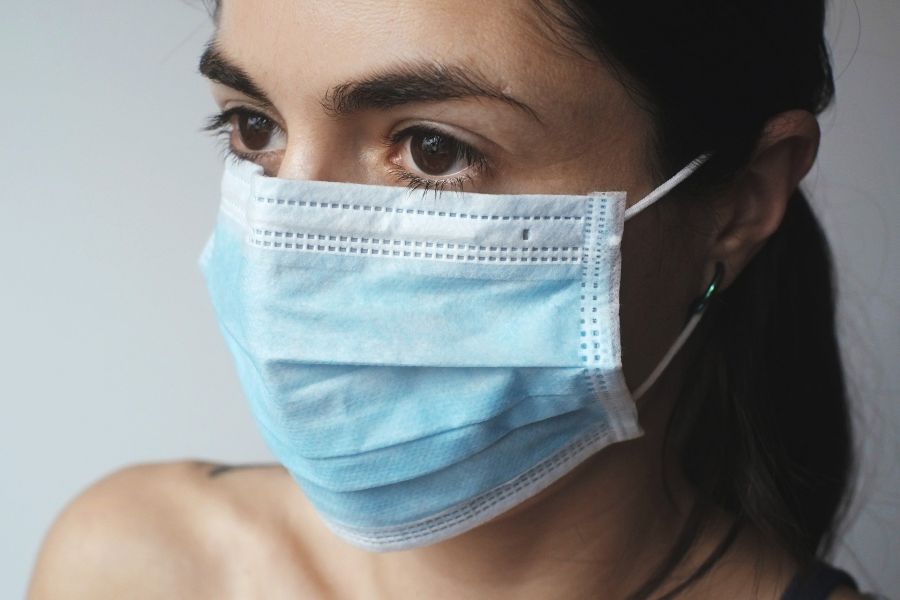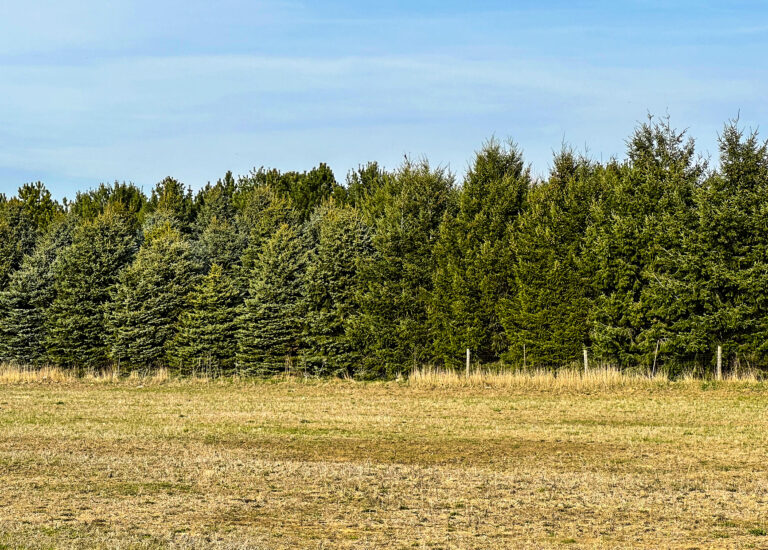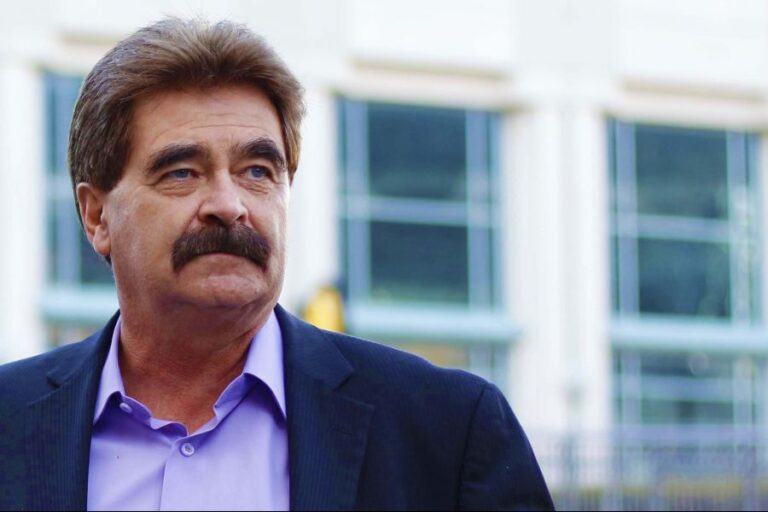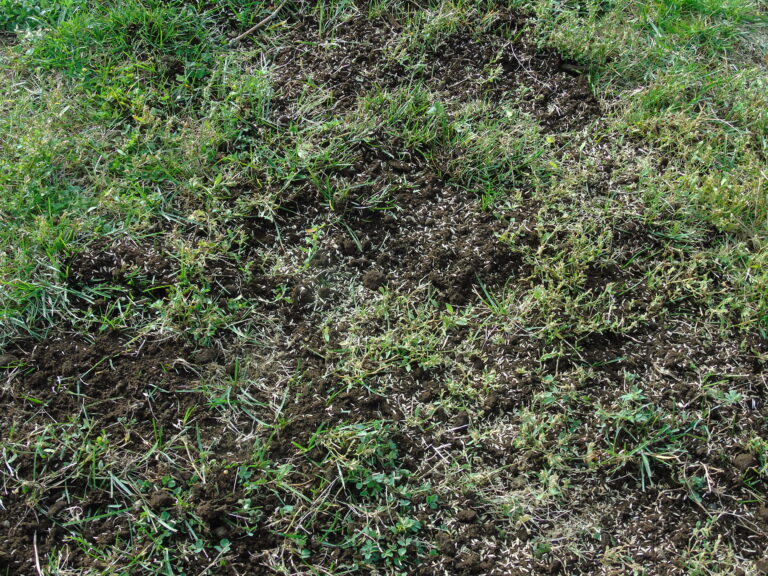Dr. William Brown is a professor of neurology at McMaster University and co-founder of the Infohealth series at the Niagara-on-the-Lake Public Library.
Dr. William Brown
Special to The Lake Report
The last two weeks have brought great news from Pfizer and Moderna for two highly effective and similar RNA vaccines.
Pfizer’s vaccine was approved for use in the U.K. last week and on the heels of that very welcome news was an announcement this week by Prime Minister Justin Trudeau that the Canadian government has approved Pfizer’s vaccine for distribution beginning later this month.
Approval in the United States for both vaccines should follow this week. That’s excellent news in a pandemic now clearly out of control throughout much of the United States and threatening parts of Canada, including Ontario, with each day’s toll of new cases and deaths often exceeding the previous day’s grim tallies.
In the worst affected places, intensive care units are jam-packed with seriously ill patients, sometimes with no alternative slots available and staff near the end of their physical and emotional ropes and some freely admitting that any more cases could threaten to overwhelm the system, quality care and the life of their patients.
It all seems like a horror movie, except that these days the horror is playing out in real time. And worse – the tragedy is unfolding because of the wilful ignorance and failure of many to socially distance, wear masks and avoid get-togethers with others.
This has especially been so at indoor venues such as bars and restaurants or many south of the border failing to take any precautions during recent Thanksgiving celebrations and pollical rallies, including outdoor events.
Those simple public health guidelines proved their value in this pandemic in jurisdictions where the political leadership was sound and citizens recognized the need for some restrictions on their freedom for the common good, such as wearing masks and distancing.
That sense of obligation to put the needs of others before oneself, seems to have been conspicuously absent this time around in some regions north and south of the border.
Indeed, flouting public health recommendations for some appears to be a badge of honour. Continued, that kind of antisocial behaviour will surely make the coming winter months hell for health care workers and those most at risk for developing life-threatening COVID-19.
The fact that very effective vaccines are on the way is welcome news. But the hard truth is that to make a real dent in this pandemic, we need to roll out vaccination programs as quickly as possible, beginning with those most at risk.
Most experts in the western world agree the first priority for vaccination should be health care workers, who by the nature of their jobs are most at risk for developing COVID-19.
In my view, first place should also be given to all residents and staff in long-term care facilities and nursing homes. After all, that’s where most of the deaths have occurred.
Next in line should be all those 65 years of age or more, with or without comorbid conditions. Beyond them, all those at any age with comorbid conditions such as obesity, diabetes, heart disease, any chronic lung disease, kidney failure or anyone, who for whatever reason, is immunosuppressed.
Once those most at risk are vaccinated, the next goal should be to vaccinate as many of the remaining healthy members of the community as quickly as possible in order to shrink the number of potential spreaders and eventually immunize the 60 per cent or more of the population required to achieve herd immunity.
Those are the goals. But between now and reaching those goals there looms a gap of several months – hopefully only three or four months, but perhaps six months or longer – when a significant proportion of the population will remain unprotected. For the welfare of everyone, all of us, including those who have been vaccinated, will need to continue social distancing, wearing masks and avoiding large groups, especially indoors. * See below.
The gap between now and vaccination for all, covers the worst time of the year for spreading this virus – the looming winter in a time when many are fed up with restrictions on socializing and tired of Netflix.
Still, this is not a time to let our guard down. If anything, with an end several months off, it’s time to double down and remind ourselves what worked to protect us for the last nine to 10 months and keep doing what worked.
Who would have imagined 12 long months ago what was to come? So many deaths around the world in such a short time – so many jobs lost, so many families dropping below the poverty line, so much debt, so much disruption to families, communities – all caused by an insentient virus with a genome 100,000th the size of ours. Humbling!
If there are bright lights in all this carnage, they surely rest with three groups.
First, there were the health care workers who toiled shift after shift, week after week, month after month to save their patients despite the agony of losing some. That was hard, very hard.
Then there were many millions who quietly went about their lives doing whatever was needed for the common good.
And last, there are those pioneers in vaccine laboratories who may finally rescue us by providing what looks like an abundance of different types of effective vaccines, several before this year ends.
Thanks to all, and to most of us, for sticking with this challenge without losing our senses of humour and responsibility.
We’re almost there.
* The reason for including the vaccinated is that we don’t know yet whether any of the vaccines provide sufficient immunity to stop recipients from becoming infected and shedding the virus, even though the vast majority will be asymptomatic.










